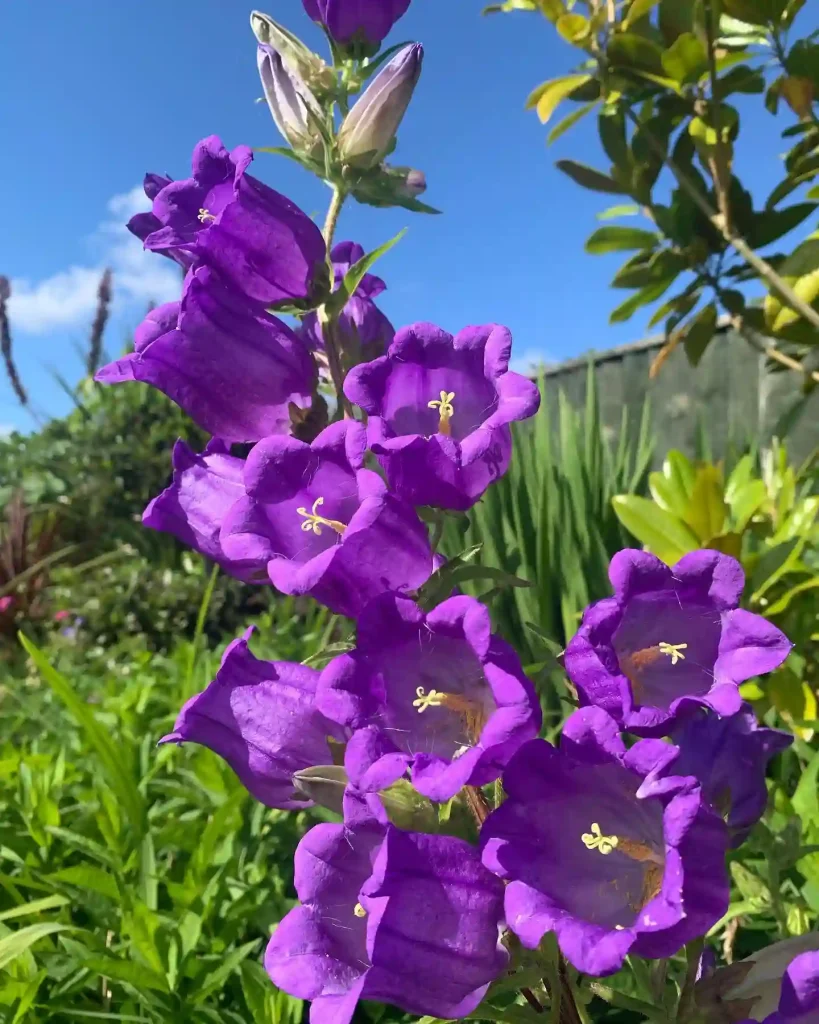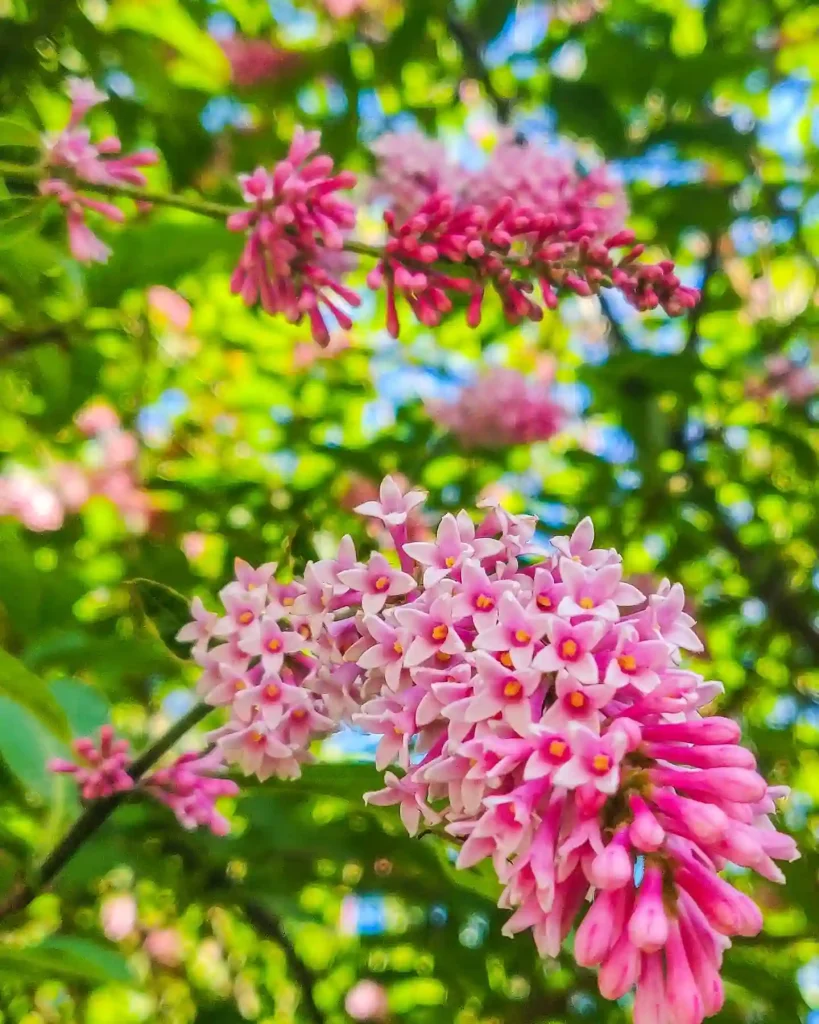
FAQs About Galium Aparine
When I first encountered Galium Aparine, commonly known as Cleavers or Sticky Weed, I was intrigued by its curious nature and myriad uses. This plant, often found in gardens and wild areas, raises several questions for those unfamiliar with it. Here’s a comprehensive guide based on my experiences and research about this fascinating plant.
672 Species in Genus Galium
Is Galium Aparine Poisonous?
One of the first things people ask about Galium Aparine is whether it’s poisonous. From what I’ve learned and observed, Galium Aparine is not considered toxic to humans. It is widely used in herbal medicine and has a history of being consumed safely. However, if you have allergies or are sensitive to new plants, it’s always wise to consult with a healthcare provider before incorporating it into your diet.
How to Get Rid of Galium Aparine?
Galium Aparine can become quite invasive, spreading quickly in gardens and lawns. To manage this plant, I’ve found several effective methods:
- Manual Removal: The most straightforward approach is pulling it out by hand. This method is labor-intensive but effective, especially if you catch the plant early before it spreads too much.
- Mulching: Covering the area with a thick layer of mulch can prevent the seeds from germinating and suppress the plant’s growth.
- Herbicides: In cases of severe infestation, applying a selective herbicide can help. Be cautious to use herbicides that won’t harm nearby plants.
Is Galium Aparine Edible?
Yes, Galium Aparine is edible. The young leaves and stems can be used in salads, soups, or herbal teas. The plant is rich in nutrients and has a mild flavor. I’ve personally enjoyed using it in various recipes, and it adds a pleasant, slightly grassy note to dishes. It’s important to harvest it from areas free of pesticides and pollutants.
How to Make Cleavers (Galium Aparine) Juice?
Making Cleavers juice is relatively simple. Here’s a basic method I use:
- Harvest Fresh Cleavers: Gather young, tender leaves and stems.
- Wash Thoroughly: Rinse the plant parts under cold water to remove any dirt or debris.
- Juice Extraction: Use a juicer to extract the juice from the Cleavers. If you don’t have a juicer, you can blend the plant parts with a bit of water and strain the mixture through a cheesecloth.
- Flavoring: Cleavers juice can be quite mild on its own, so you might want to add lemon or honey for extra flavor.
Is Galium Aparine a Weed?
Yes, Galium Aparine is often classified as a weed. It has a tendency to spread rapidly and can outcompete other plants in your garden. I’ve seen it take over garden beds and lawns if not kept in check. Its ability to cling to other plants and structures makes it particularly troublesome in cultivated areas.
What Kills Galium Aparine?
To effectively manage and kill Galium Aparine, consider the following methods:
- Regular Mowing: Keeping the plant mowed before it flowers and seeds can reduce its spread.
- Chemical Control: Certain broad-spectrum herbicides can kill Galium Aparine. Be sure to follow the instructions carefully and consider the impact on the surrounding environment.
- Boiling Water: Pouring boiling water over the plant can be an effective natural method for killing it, though it may also affect nearby plants.
Galium Aparine vs Galium Spurium
Comparing Galium Aparine with Galium Spurium, another member of the Galium genus, can be enlightening. Galium Spurium, also known as False Cleavers, is similar in appearance but generally has smaller leaves and less aggressive growth compared to Galium Aparine. Both can be used medicinally, but Galium Spurium is less invasive.
Galium Aparine vs Galium Triflorum
Galium Triflorum, or Sweet-Scented Bedstraw, differs from Galium Aparine in several ways. While Galium Aparine is known for its sticky texture and rapid spread, Galium Triflorum has a more delicate appearance with fewer, smaller flowers. It’s less aggressive and is often used in traditional medicine for its soothing properties.
How to Care for Galium Aparine?
If you choose to grow Galium Aparine intentionally, here are a few care tips:
- Soil: It thrives in a variety of soil types but prefers moist, well-drained soil.
- Sunlight: It grows well in both full sun and partial shade.
- Watering: Regular watering is necessary, especially in dry conditions.
Can You Grow Galium Aparine Indoors?
Growing Galium Aparine indoors is possible, though it may require some adjustments. Providing adequate light, such as from grow lights, and ensuring proper ventilation is crucial. Indoor growth can help control its spread and keep it from becoming invasive.
Benefits of Galium Aparine
Galium Aparine offers several benefits:
- Medicinal Uses: It’s used in herbal remedies for its diuretic and detoxifying properties.
- Nutritional Value: It’s rich in vitamins and minerals.
- Garden Use: It can be used as a ground cover in some garden settings.
Common Problems with Galium Aparine
The most common problem with Galium Aparine is its invasiveness. It can quickly spread and overshadow other plants. Regular maintenance and management are essential to keep it under control.
In conclusion, Galium Aparine is a versatile plant with both benefits and challenges. Whether you’re dealing with it as a weed or exploring its uses, understanding its characteristics and managing its growth can make your experience with this plant more enjoyable.
If i die, water my plants!



